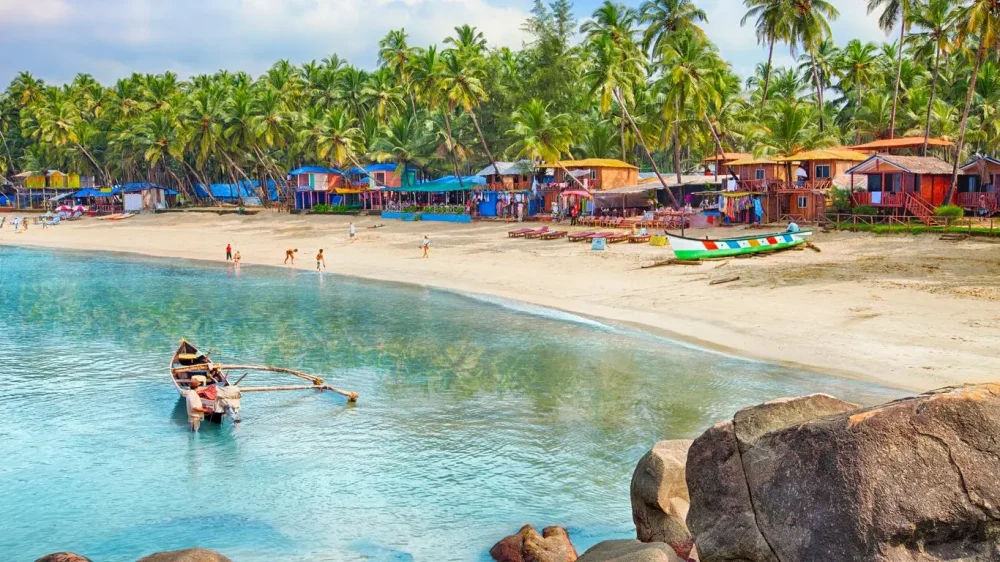Every route hides unpredictability. A tourist backpack gathers tickets, sunscreen, and a spare T-shirt, but only a first aid kit becomes a real insurance on the road. Experienced travelers do not overlook which medicines to take on vacation because the correct choice determines the speed of reaction to heat, pain, burns, or sudden stomach upset. Weather, cuisine, transportation, climate, and even time of day work against health if the first aid kit is not ready. Preparation requires precision — without overload, but with maximum efficiency.
The selection of a first aid kit starts with a universal minimum. Regardless of the route, the question of which medicines to take on vacation always remains crucial:

This basic set forms the core of the vacation first aid kit. It is these medicines on the road that often save health in unexpected situations.
A change in climate is the main stress for the body. Tourism in hot countries requires increased attention to skin and thermoregulation.
Sunscreen with SPF not lower than 30 prevents burns. In tropical countries, the level of ultraviolet radiation peaks at noon. Without protection, the skin gets a first-degree burn in 15 minutes.
Products for sunburn on vacation effectively restore the skin. Panthenol in aerosol or gel accelerates regeneration, cools, and reduces inflammation.
Abundant sweating requires urgent fluid compensation. Rehydron quickly replenishes electrolytes. Dehydration leads to decreased blood pressure, headaches, and increased fatigue. By taking rehydration solutions, it is possible to maintain stable well-being and activity.
Which medicines to take on vacation in hot countries is not a rhetorical question. Remedies for gastrointestinal disorders play an important role. Loperamide eliminates diarrhea, nifuroxazide fights bacteria in the intestines.
A competent approach allows you to accurately determine which medicines to take on vacation without overloading your luggage.
List of medications for travel:
Such a first aid kit for traveling abroad effectively covers the main risks. Customs require careful handling of packaging — medicines should be transported in their original packaging with instructions.
Vacationing with children entails specific requirements. Which medicines to take on vacation with a child is an important question for parents.
A child’s first aid kit for a seaside vacation is equipped with the following remedies:
What to include in a vacation first aid kit with a child is determined by the route, climate, and availability of medical assistance. A pediatrician helps clarify the individual list, especially for chronic conditions.
Do not overload your luggage with medications without real necessity. Medications with short shelf life, potent antibiotics without a specific doctor’s recommendation, bulky packaging without single doses.
Local laws in some countries prohibit the import of codeine and strong painkillers. Customs strictly control the transit of psychotropic substances. Before departure, it is necessary to check the restrictions of airports in the destination countries.
Transporting medications in carry-on luggage provides access to emergency assistance at any time. Luggage is sometimes delayed — the first aid kit should remain with the traveler.
Pharmacology offers many formats — sachets, sprays, mini-packages facilitate transportation. Medicine recommends storing medications at a temperature not exceeding 25°C — this is especially important during long flights.
Medications for motion sickness in transport ease flights and bus tours. Dimenhydrinate reduces nausea, relieves motion sickness symptoms, and maintains comfortable well-being.
A properly assembled first aid kit on vacation creates confidence in any situation. Prevention, diagnosis, and treatment while traveling become accessible when medications are selected considering specific risks, routes, and the traveler’s health.

Which medicines to take on vacation is a question that determines the safety of the trip. A precise selection of medications helps to quickly respond to symptoms, relieve pain, inflammation, temperature, and maintain health.
A well-organized first aid kit on vacation protects against emergencies, provides prevention, and creates confidence throughout the journey.

Travelling to the district reveals to tourists a completely different face of India – tranquil, peaceful and immersed in nature. It hides pristine beaches, ancient temples, ayurvedic centres and protected corners where time seems to slow down. Holidays in South Goa are the choice of those who are looking for something interesting and unusual to …

The land of Hindus remains one of the most colourful in the world. The location attracts tourists with its versatility, ancient history and vibrant culture. Along with its popularity, many people still perceive India through the prism of stereotypes that often do not correspond to reality. Let’s take a detailed look at the real features …